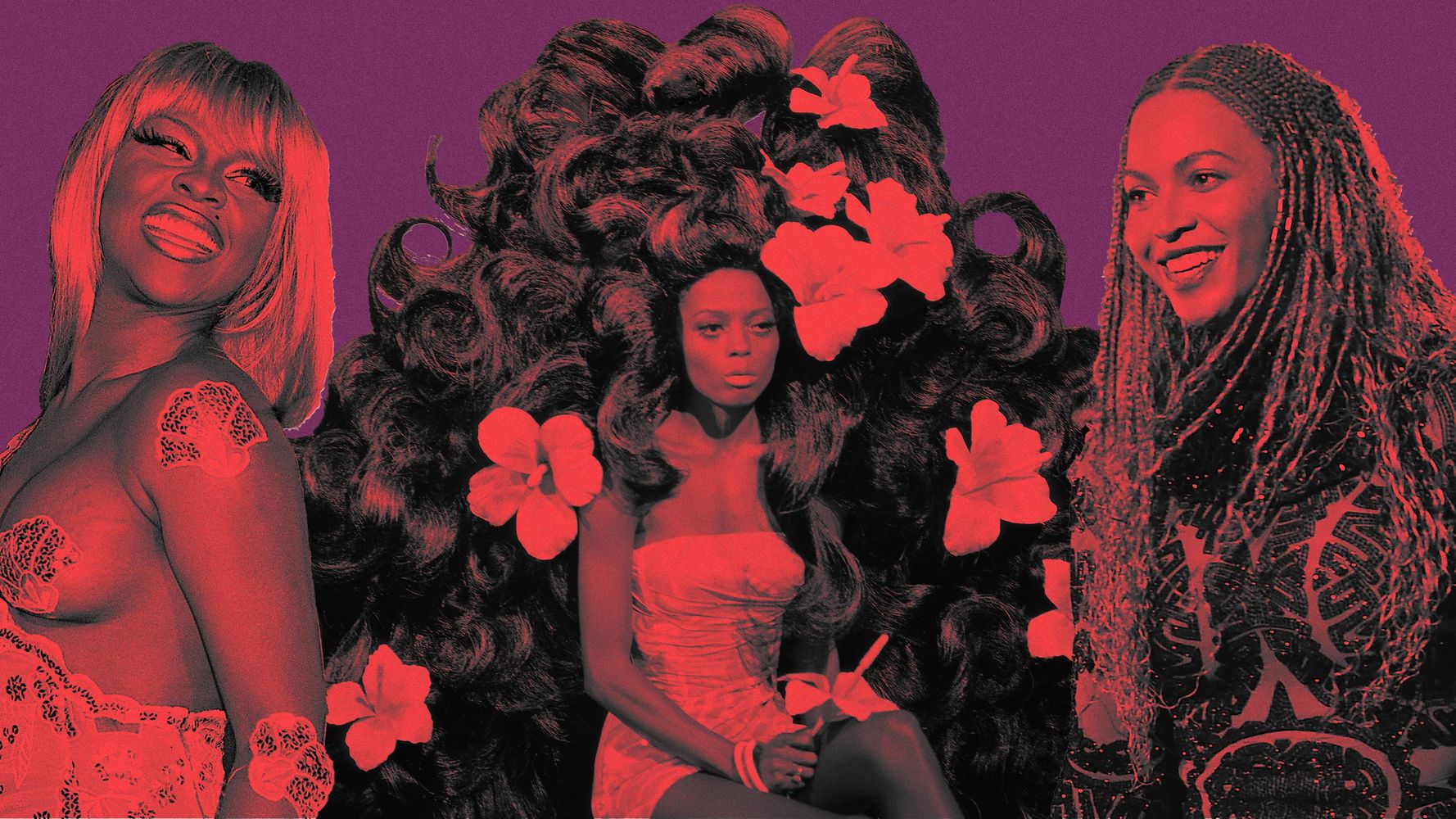[ad_1]
The beauty of Black hair lies in its versatility. From braids and silk presses to locs and Afros, Black musicians and their hairstylists have embraced the variety of styles and their own imaginations for inspiration to reinvent looks. Whether rockin’ new ’dos for music videos, shoots, performances or a go-to style choice, there are so many unforgettable moments that prove the evolving genius of Black hair.
Back in the day, artists’ hairstyles were deemed iconic if they were featured in the pages of Hype Hair, a magazine that assembled the latest celebrity styles and hair tutorials. As technology evolved, beauty YouTubers and Instagrammers provided us everyday folks with DIY videos on the latest hairstyle obsession.
No matter the era, Black artists have always inspired us to look and feel our best. It is a point of pride in a world that has dictated a standard of beauty that centers whiteness. Black musicians have resisted those limited ideals of beauty and offered us a rich narrative of hair that belongs to Black people all their own. For Black History Month, HuffPost took a look back at 15 of the best Black hair moments in music history.
Diana Ross’ Camp Hair
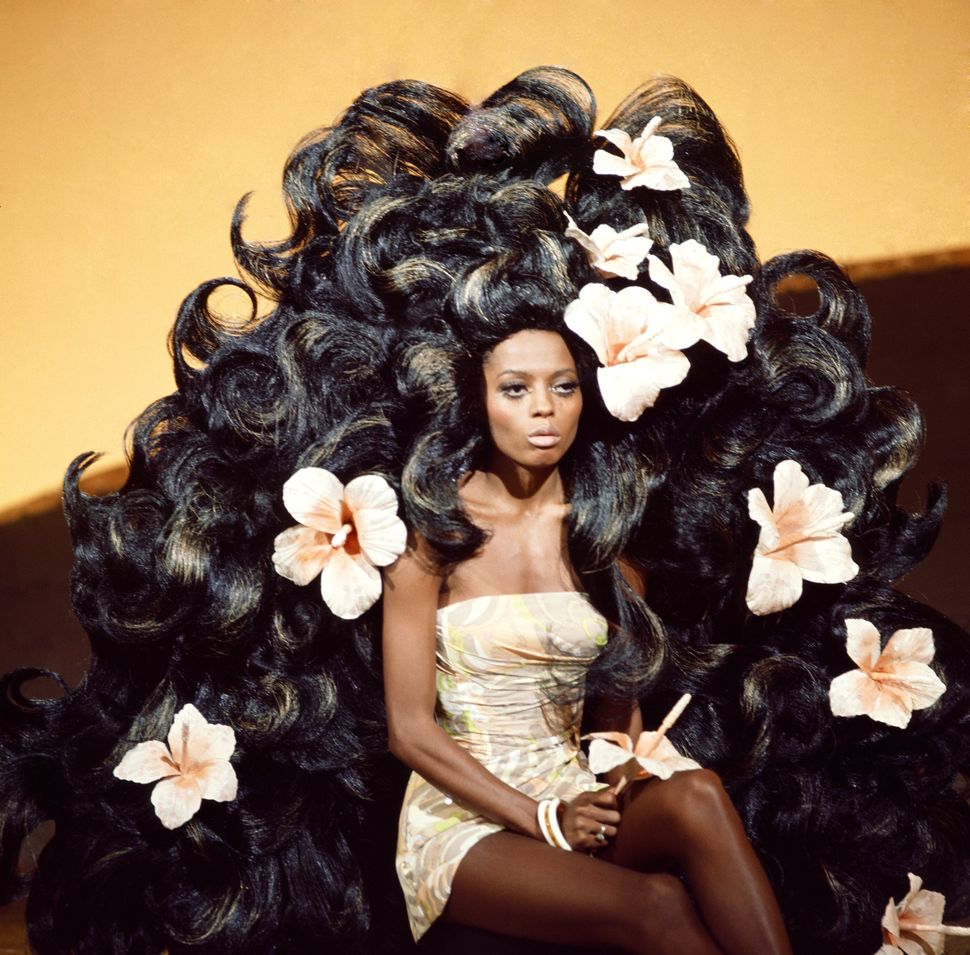
Just months before Diana Ross took flight as a solo artist, she made a standout performance on “G.I.T. (Gettin’ It Together) on Broadway,” a revue of Broadway tunes performed by The Supremes and The Temptations, which aired on NBC in November 1969. During the “Leading Lady” medley, she wore a giant wavy wig with flowers that covered her body, while singing her rendition of “Wash That Man Right Outta My Hair.” Years later, as the MET Gala took on the theme of camp, hairstylists remembered Ross’ moment as groundbreaking for the aesthetic.
The Jackson 5’s Afros
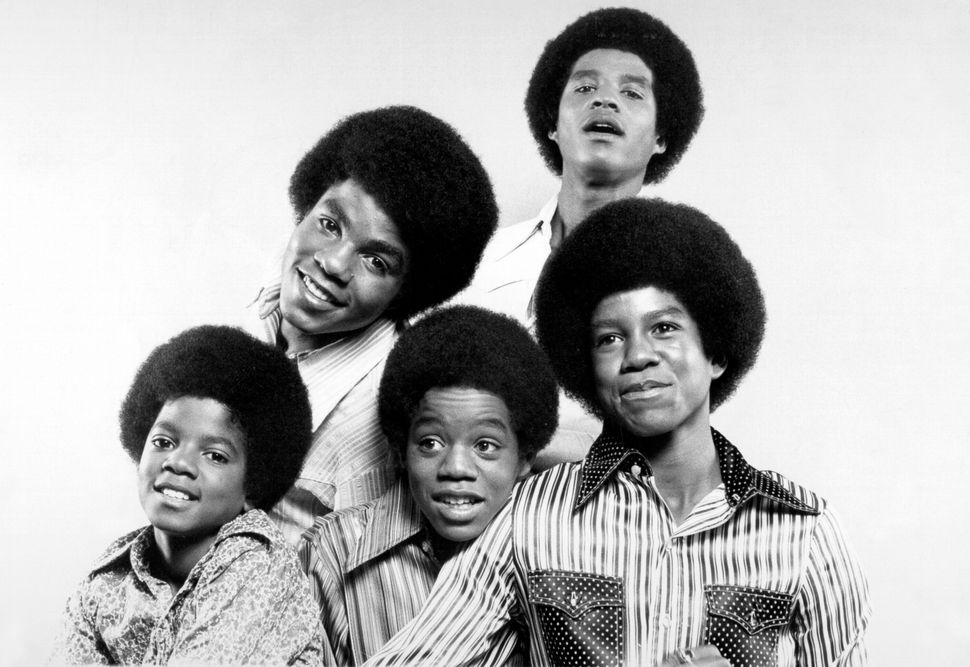
The Jackson Five debuted in 1969 with their classic, “I Want You Back.” As the song took over the airwaves so did the iconic image of the five Black brothers from Gary, Indiana, wearing perfectly round, picked-out Afros. The style was reflective of an era in which Black Americans embraced their rising, coarse curls during the Black Power movement.
Donna Summer’s Volume And Bangs
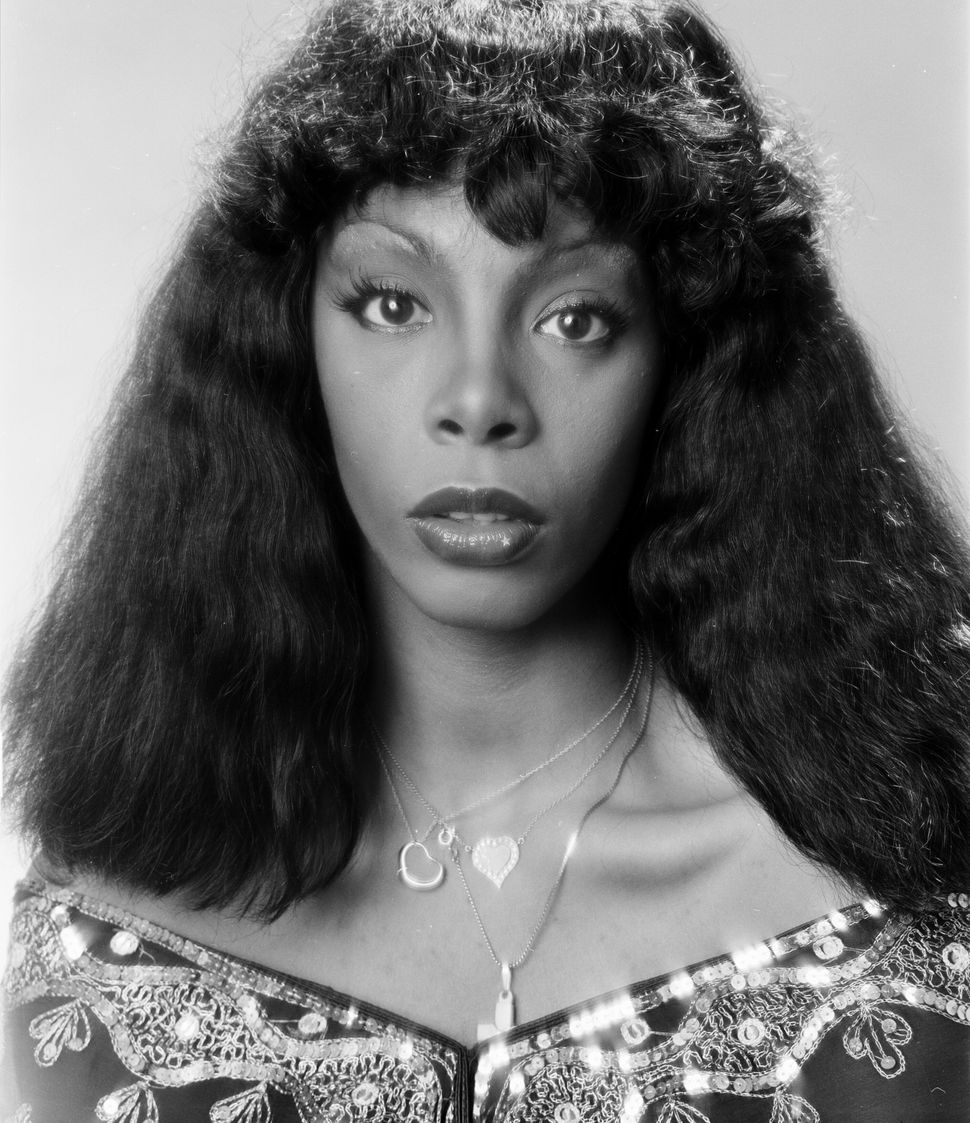
The queen of disco Donna Summer was known for her voluminous, textured tresses and bangs. While dominating the charts in the 1970s, the icon remained loyal to this style, whether it was kinky straight or jheri curled. Just take a look at her album covers “A Love Trilogy,” “Once Upon a Time,” and “Bad Girls” for the hairspiration. Summer’s style choices are carried on by artists like SZA, who proudly rocks big hair today.
Salt-N-Pepa’s Asymmetrical Bob
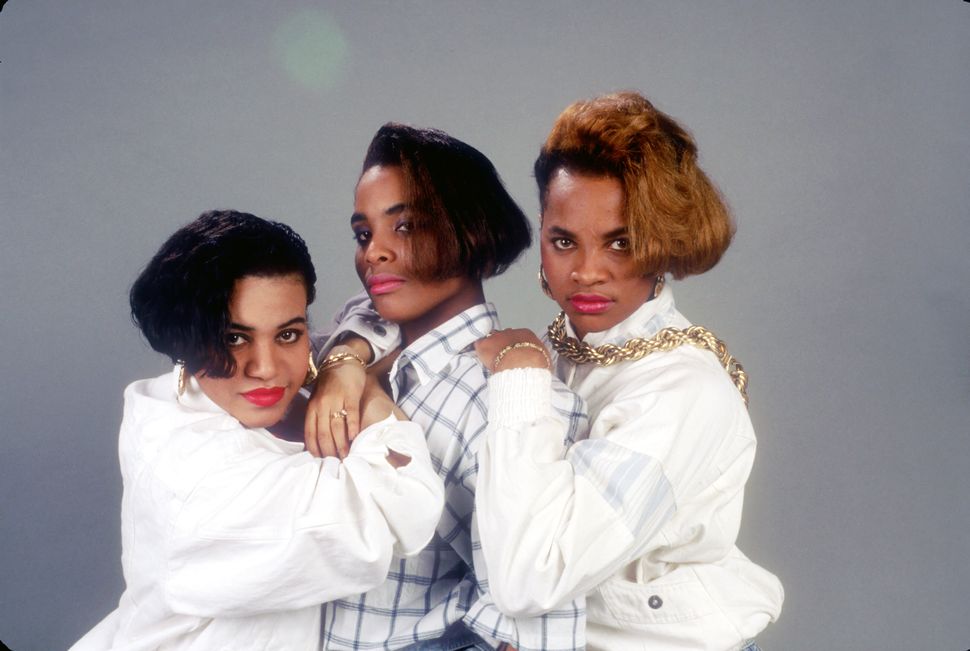
No girl group was cooler than hip-hop trio Salt-N-Pepa when they debuted in the mid-1980s with short asymmetrical, tightly bumped bobs, which allowed them to show off their gold doorknocker earrings. In 2017, Pepa revealed on “The Steve Harvey Show” that her iconic style was really a mistake. “My sister just got her little beautician license and permed it all and burned it all and I had to shave that side,” she explained.
The High Top Fade
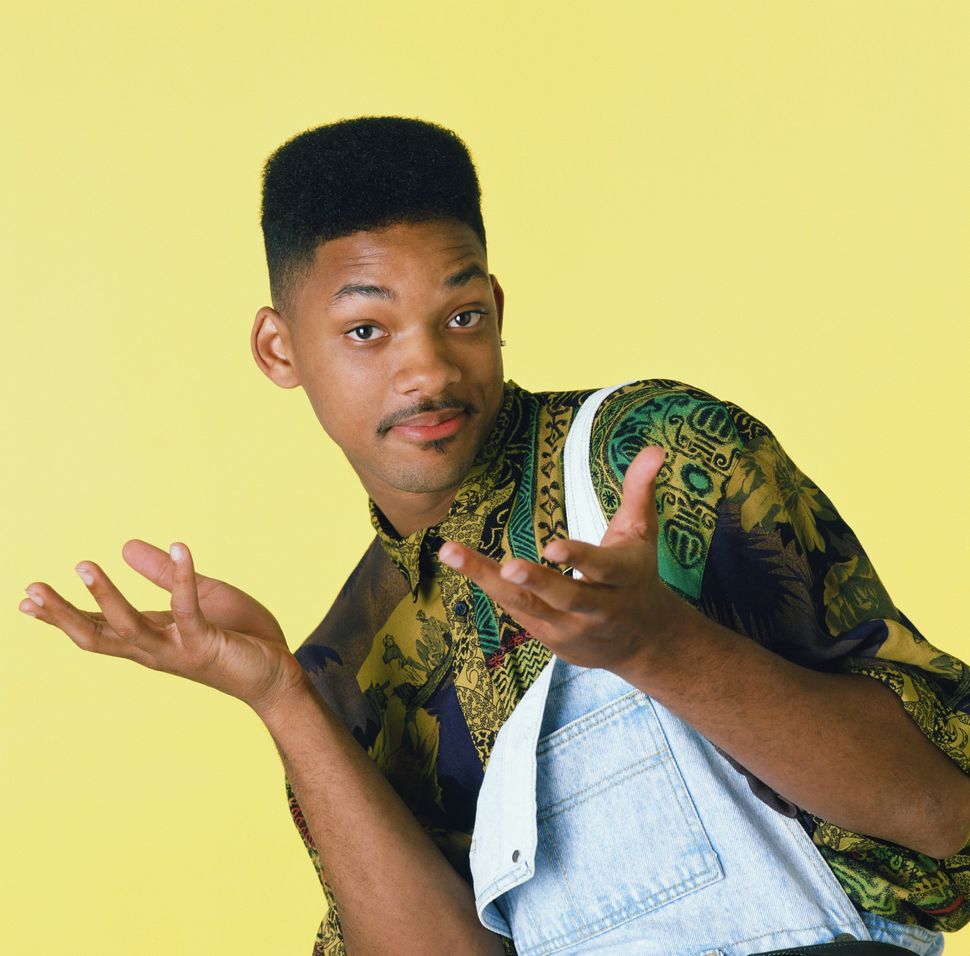
Those who wore the high-top fade, another signature style in hip-hop in the 1980s, kept several inches of coils at the top of their hair, defying all gravity. In 1980, Grace Jones wore a hi-top fade on the cover of her album “Warm Leatherette.” Will Smith rocked the cut in his early years in hip-hop and as an actor on “The Fresh Prince of Bel-Air.” Rapper Big Daddy Kane had one of the most stylish high-tops that included height, and extravagant parts cut into his hair. And of course, Kid from hip-hop duo Kid-n-Play rocked the extra tall high-top on album covers and in film. Soon everyone was mimicking the look from the neighborhood to the NBA. The style has made a comeback in recent years.
Brandy’s Box Braids
Brandy was a braids icon in the 1990s. In the video for her debut single “I Wanna Be Down,” she rocked box braids in a bob that swept across her shoulders. As her career went on, she continued to sport the latest braiding trends like micro braids, styling them in buns and ponytails, and adding color to her hair. If there was a Black hair hall of fame, Brandy would definitely be enshrined for making braids a staple for Black women in popular culture.
Lauryn Hill’s Locs
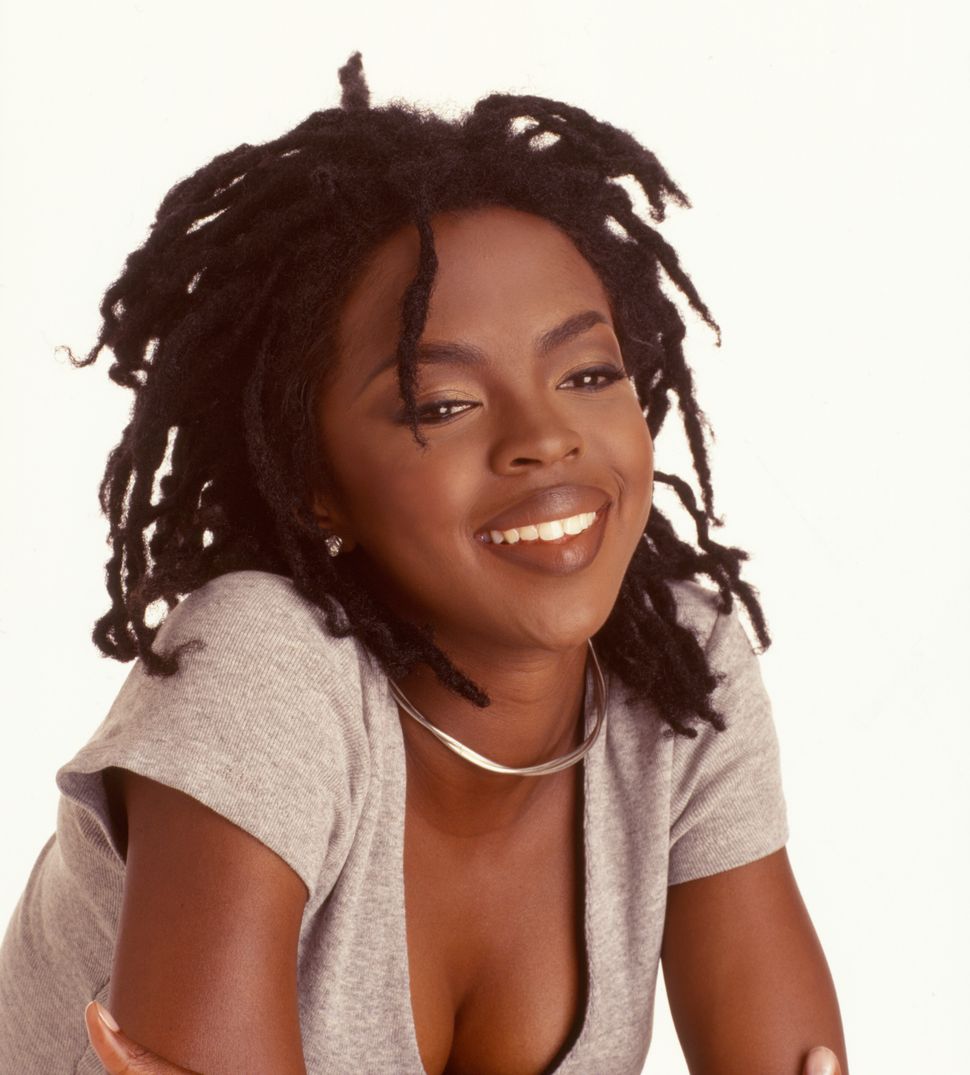
At the height of her career, Lauryn Hill was the industry it-girl many Black girls looked up to as she represented Black beauty that still needed visibility and appreciation. Lauryn began growing her locs while she was a member of the rap trio The Fugees. By her debut album, “The Miseducation of Lauryn Hill,” she had grown out her hair into thick luscious locs that graced television screens and covers of magazines around the country.
Aaliyah’s Sleek Side Swoop
Beauty influencers are still emulating the era of Aaliyah’s deep side part to this day. On her album cover of her 1996 sophomore effort “One in A Million,” Aaliyah rocks her swoop paired with sunglasses, a style that matched the singer’s mysterious aesthetic. Though a simple style, Aaliyah’s silk-pressed hair continues to be the blueprint for anyone aspiring a long, laid sleek look.
Nas’ Half-Moon Part And Fade
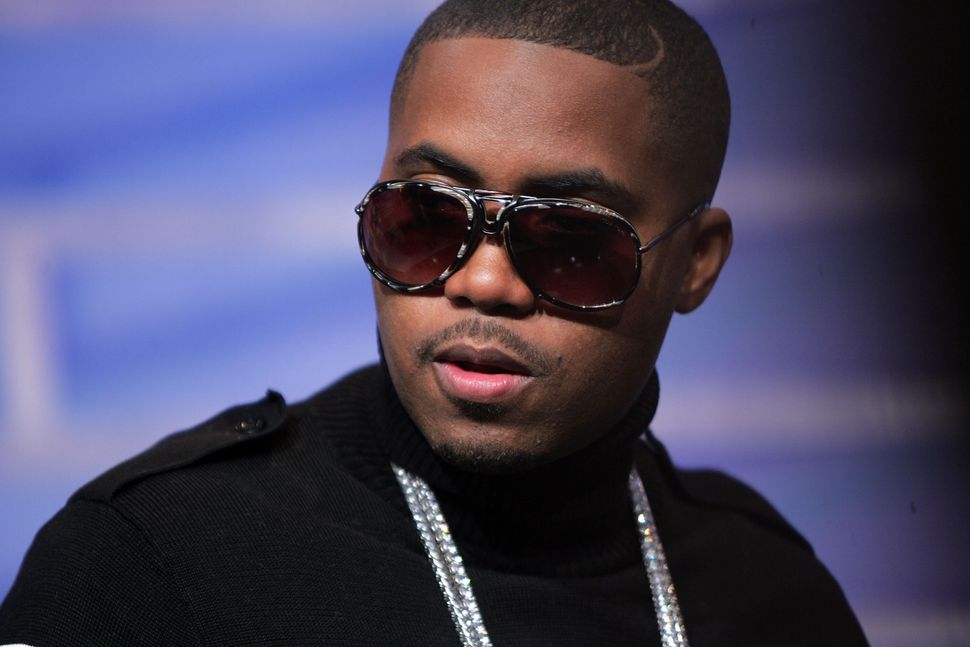
Rapper Nas’ skin fade and half-moon part is a classic haircut for Black men. The style already existed before the Queens emcee rose to prominence in the golden era of hip-hop. In an interview with Bevel Code, Nas spoke on the origins. “The neighborhood barber on my block, this guy named Leroy, he’d cut everybody’s hair,” Nas shared. “He just had a street style to him that was more street, more with the times than the rest of the barbers in the neighborhood at the time. This was the mid to late ’80s, early ’90s, and he used to give me the half-moon part.”
Lil Kim’s Colorful Wigs
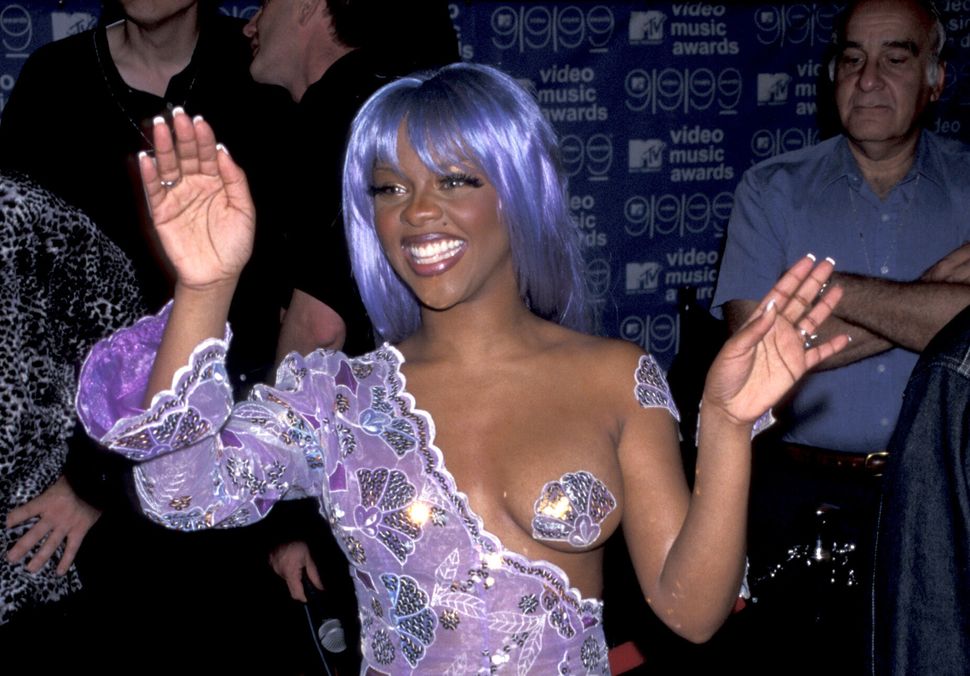
Lil Kim paved the way for experimental hair color in hip-hop in the 1990s. The rapper has rocked every color in the book and inspired a generation of female rappers who carry on that bold energy, rocking everything from canary yellow to emerald green wigs. Her stylist Eugene Davis told Noisey in 2013 that Kim’s looks for her 1996 “Crush on You” video were game-changing.
“At this point, no hip-hop or R&B artist had experimented with bold color,” Davis said. “The stages on set turned from blue to green to yellow to red and I saw that her clothes were like that too. I was like, “You know what Kim, we need to do something crazy and different.” I left Long Island City where we were shooting, went back to New York, bought some wigs put them on her and recut them on her. That video became legendary.”
Kelis’s Colorful Curls

When it comes to colorful natural hair, Kelis was in her own lane upon releasing her debut album “Kaleidoscope” in 1999. On the album cover, she sported big yellow and pink hair. On her follow-up “Wanderland,” she dyed the top of her ringlets blond and left the ends brown. By “Tasty,” Kelis rocked auburn-colored curls. Her style lives on today, especially at festivals like Afropunk, where the singer saw herself in the crowd while performing in 2015. “When I started this I was 17,” Kelis said, according to The Boombox. “There were so few of us doing this. So to stand here in this city and see [natural] hair and all these colors, I cannot tell you how that feels!”
Alicia Keys’ Whimsical Cornrows
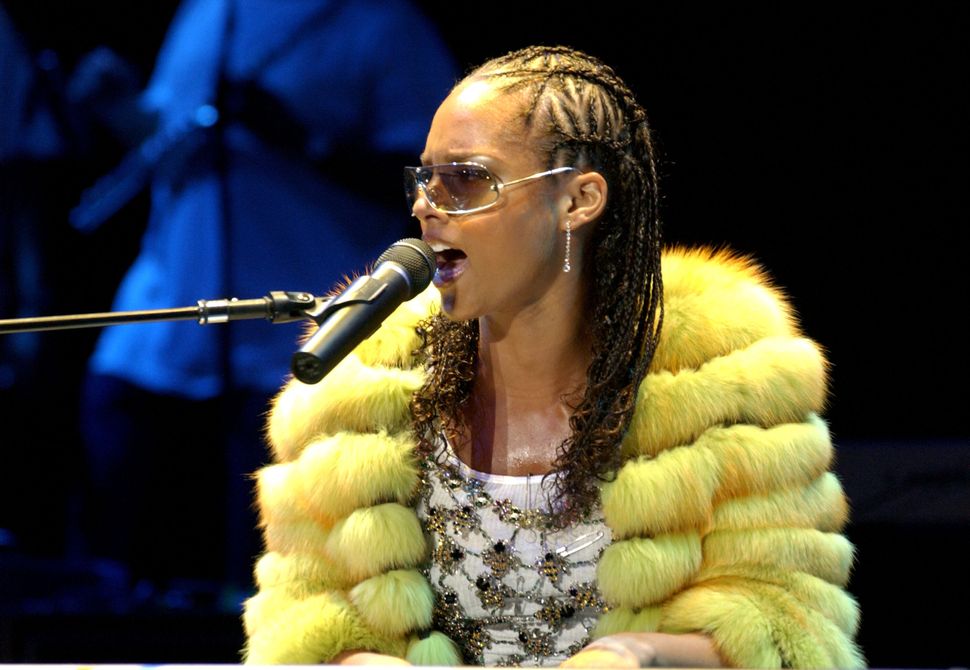
Alicia Keys was known for her head-turning cornrows that involved zig-zag parts and beads. She brought a new twist on Fulani braids, originating from the Fulani people who are spread throughout West and East Africa. In the decades that followed, the singer has worn her hair in a variety of styles from a short bob to natural curls, but those whimsical cornrows are still the style that she’s known for.
André 3000’s “Hey Ya” Perm
André 3000 was everybody’s hair crush when he debuted his shiny bone straight collarbone length hair, parted down the middle, in the music video for “Hey Ya!” in 2003. The rapper whipped his hair back and forth while he played his guitar and danced on set for the visual. His entire look, the green shirt, suspenders, and plaid pants inspired Usher’s Halloween costume in 2018 and John Legend dressed up as Three Stacks as he performed the song on “Lip Sync Battle” in 2016.
Janelle Monáe Reinvents The Pompadour

As more Black women embraced natural hair in the 2000s and early 2010s, they found influences in popular culture that showed them their style options were limitless. One shining example was Janelle Monae, who early in her career religiously wore “The Monáe,” a similar style to the pompadour, but not quite. “It’s pinned and twisted much differently than a pompadour, which I love as well,” she told HuffPost in 2017.
Beyoncé’s ‘Lemonade’ Braids
In February 2016, Beyoncé surprise released her song “Formation” just days before headlining the Super Bowl. The video featured the singer leaning out the window of a vehicle while her long blond cornrows swung in the wind. Although Beyoncé did not invent the style, it immediately became known as “Lemonade Braids” and kickstarted a trend as many women were inspired to rock the style that year. Bey tapped her longtime stylist Kim Kimble to create the look and the rest is history.
We want to see your favorite throwback Black hairstyles. Share your personal stories, photos and videos from way back when with HuffPost by emailing blackhair@huffpost.com. We may use them in a future story.
Calling all HuffPost superfans!
Sign up for membership to become a founding member and help shape HuffPost’s next chapter
[ad_2]
Source link

